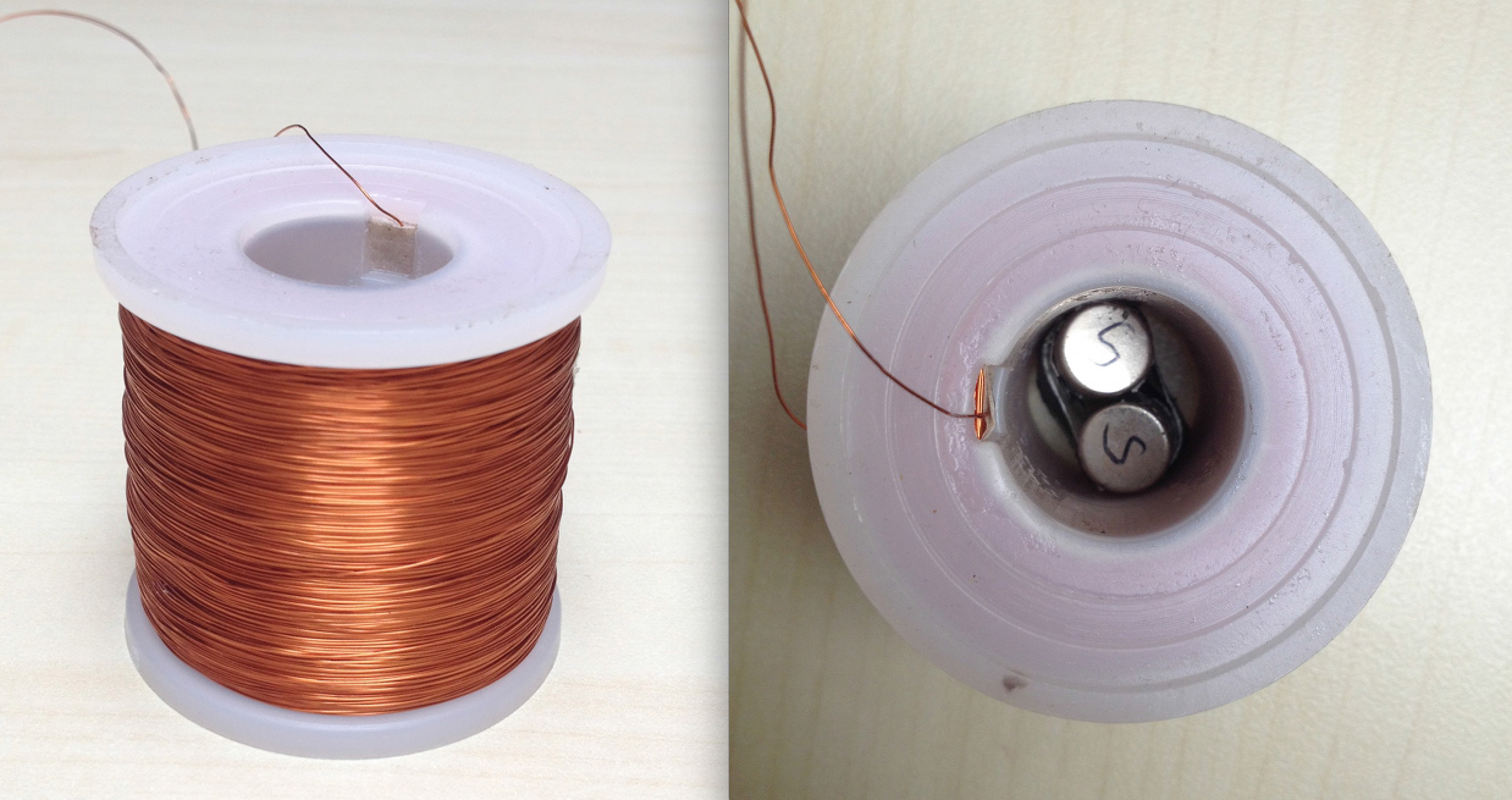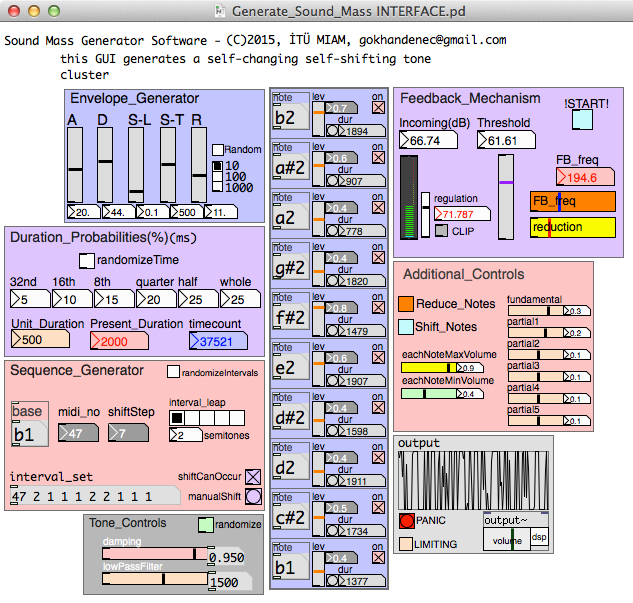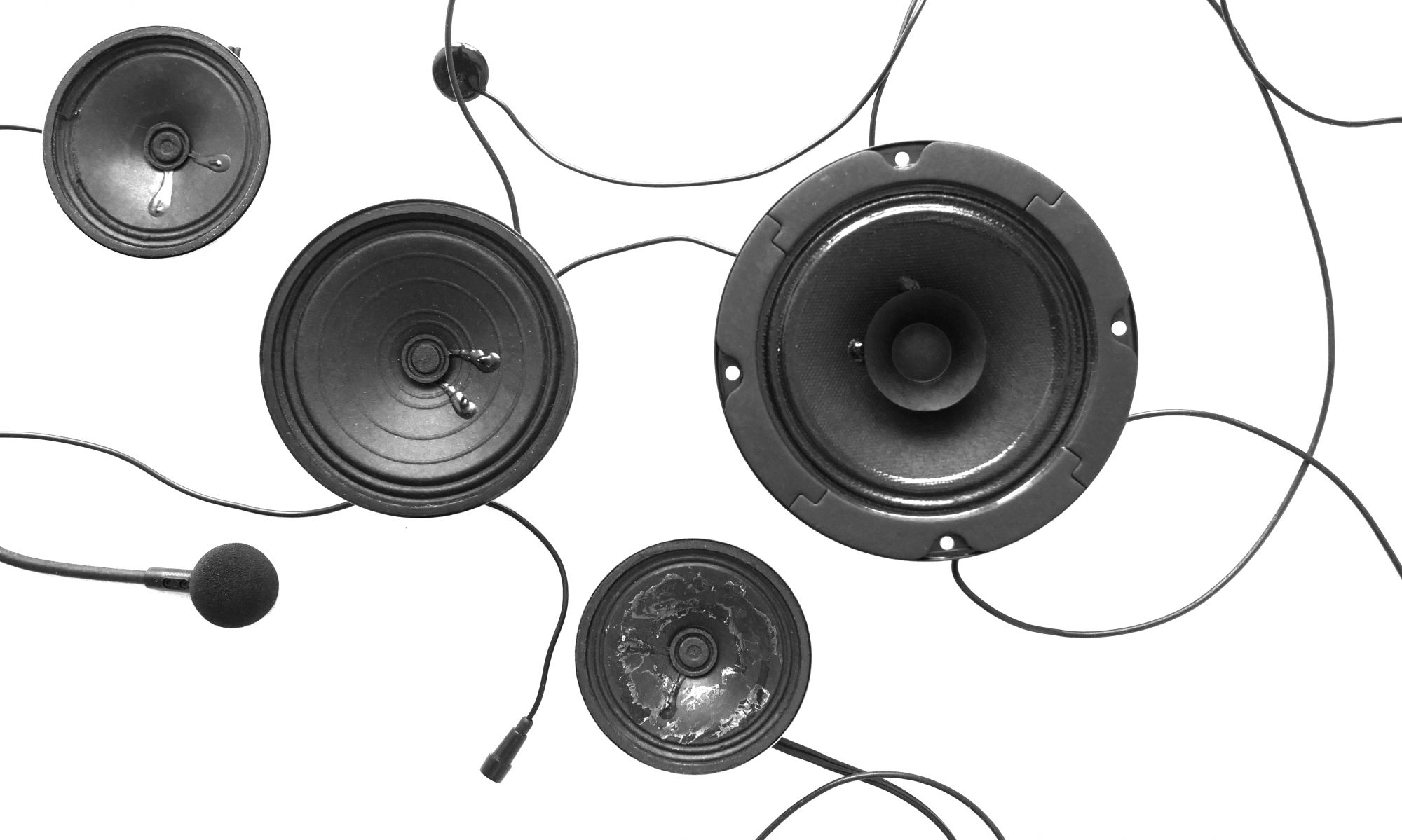
In Chapter Three of my book I discussed several early attempts of creating electric piano’s during the end of the nineteenth century. Often these efforts made use of electromagnets and feedback to keep the piano strings in vibration. The Neo Bechstein was one of the first commercially available results, but did not use any feedback anymore. During recent years new compositions and systems using electromagnets or tactile transducers and feedback for sound shaping and diffusing have been developed, for example by Per Blond, Andrew McPherson and Rama Gottfried (I’ll post about them in the future). Also Wave Train (1966) by David Behrman is related to these kinds of electric piano’s.

Gökhan Deneç has developed a sympathetic resonance system for a piano using electromagnets and feedback through its strings. He developed his own hand-wound transducers for this, using a simple but effective combination of wire, magnets and plastic reels. These electromagnets are placed in a grand piano and hung approximately 2 mm above the strings. The piano strings are attracted and repelled by the magnetic fields caused by these electromagnets. By sending the same signal through all electromagnets, each piano string will start to vibrate, depending on how much its partial tones relate to the spectrum of the signal sent through the electromagnets. A contact microphone (a model similar to an AKG C-411) is attached to the soundboard of the piano. In between this microphone and array of electromagnets a Pure Data patch is controlling and shaping the signal to the electromagnets. As Gökhan explains:
“My first intention was to create feedback to excite the piano strings and then by manipulating it I would create textures. Then I decided to define some possible regions for feedback to occur by sending an initial sound and also accompany the feedback by these textures. Also, I have a filtering algorithm that keeps the feedback under control. […] The sound creation is realised in PureData; there is a generative algorithm that I designed to create a very specific type of sound world. […] What you hear in the video is the generated tones that are created to vibrate the piano strings and because of its nature, they are unique in their own time. I can not repeat the same sounds, there are tons of randomization going on to construct this generativeness.”
This sound processing is controlled by the amplitude of the feedback signal coming from the contact microphone. Gökhan created an algorithm which generates clusters of ten pitches, relating to the number of our fingers. A detailed explanation about how this all functions can be found in his PhD research. His PhD is entitled Creating sound mass using live sound processing and feedback with sympathetic vibrating strings and was defended in 2015 at Istanbul Technical University.
Gökhan Deneç is continually developing this project, so if you are a composer or sound designer interested in this system and would like to experiment or even compose a piece for this, please feel invited to contact him!

